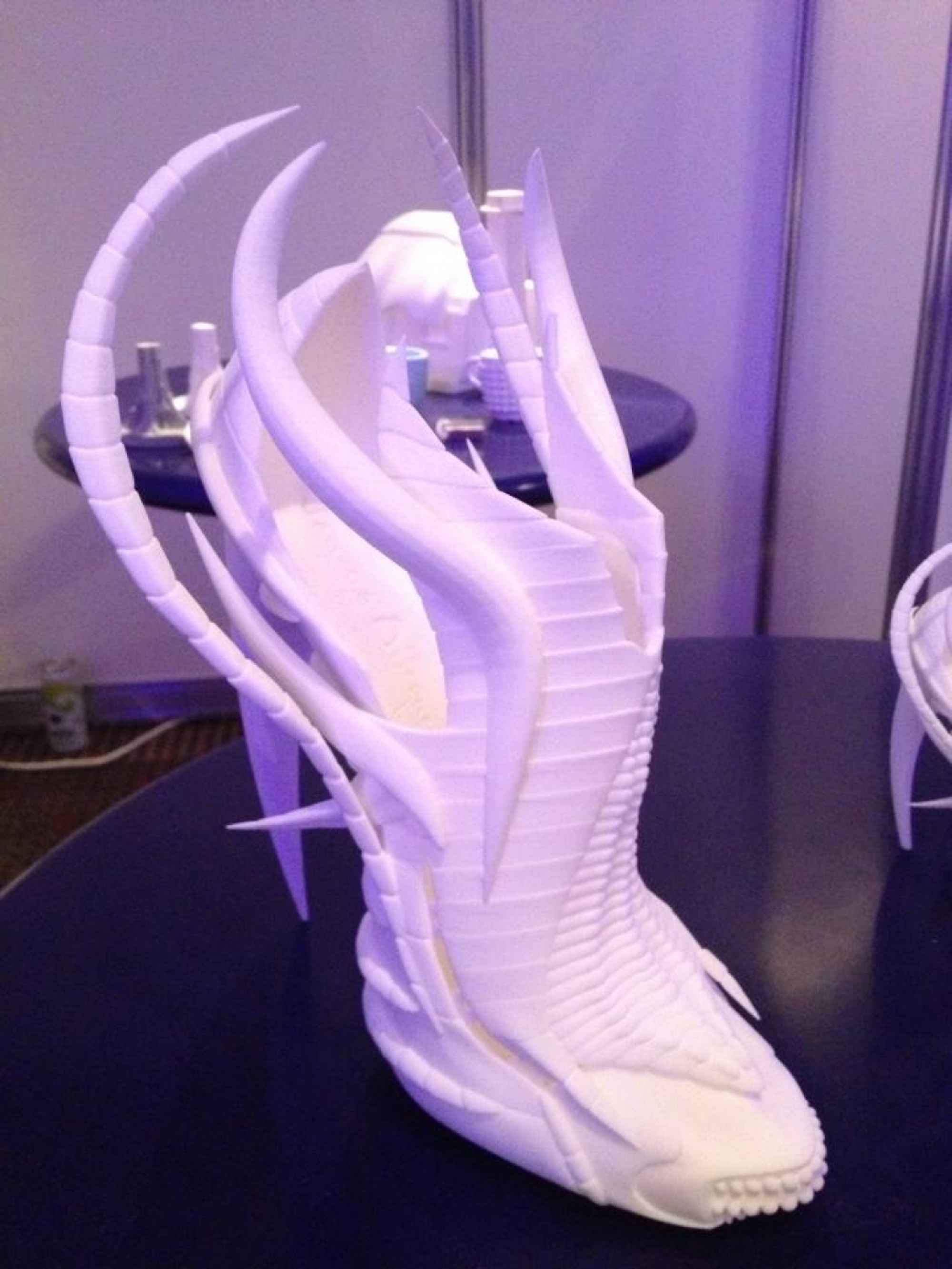3D printing is making headlines on a daily basis across many industries; from medical scientists creating a replacement ear using a 3D printer and injections of living cells, to a musician 3D printing his very own ‘Stradivarius’ Violin made up of 3D printed instruments. It is this exciting new technology and innovation that seems to be driving the future of print. Well, it is certainly getting people talking about it!
In five to ten years time it is predicted that each and every one of us will have a 3D printer in our home, enabling us to print whatever and whenever we wish.
However, I have also heard it said that 3D printing is the microwave of manufacturing. As a child of the 1970s, I remember people predicting that microwaves would be the only device in a kitchen, and that every dish would be microwaved. This was thankfully not the case. Like microwaves, 3D printing will be extremely important across many sectors, and certainly have its place in our daily lives, but this isn’t the industrial revolution that some tech people would have you believe.
3D printing is proving a cost effective way for businesses to successfully prototype (and recreate) products and compete at a much higher level with minimal investment.
The President of the United States has recently voiced his enthusiasm for this technology and asked Congress to support a $1 billion plan to research into 3D printing, with the aim that it will lead to a return in US manufacturing jobs. Obama cited work at the National Additive Manufacturing Innovation Institute (NAMII), a project funded in part by $30 million from the Department of Defense, which claims to have used 3D printing to save the military more than $500 million since opening, creating titanium jet fighter parts and other industrial components at a lower price than traditional manufacturing.
Nokia have also publicly supported the 3D printing industry by releasing design files that will let owners use 3D printers to make their own cases for its Lumia phones. A clear nod to Nokia’s early nineties phones with removable covers, while simultaneously dipping a toe in future technology. A clever strategy to engage with this community of early adopters, as to get the files, users must have registered with Nokia.
Nokia believe that 3D printing is likely to bring about phones that were “wildly more modular and customisable” and there is an opportunity for the company to sell a phone template allowing entrepreneurs to use that to produce handsets that satisfy the particular needs of their customer base.
However, 3D printing is not just for the big boys. Although a relatively expensive process for just anyone to take on, the opportunities for budding toy making entrepreneurs to transform what was a weekend hobby into a thriving business are real. Marketers and small business owners are already reaping the rewards of success by creating working prototypes and win new business.
3D printing has exciting potential for the manufacturing industry, it’s an evolution not a revolution and the opportunities for many sectors, large and small are infinite.
So, I don’t know about you but I think I’ll get a bright purple, waterproof and unbreakable 3D printed phone case, with solar charging capabilities, built-in bottle opener and working piano keyboard… !
